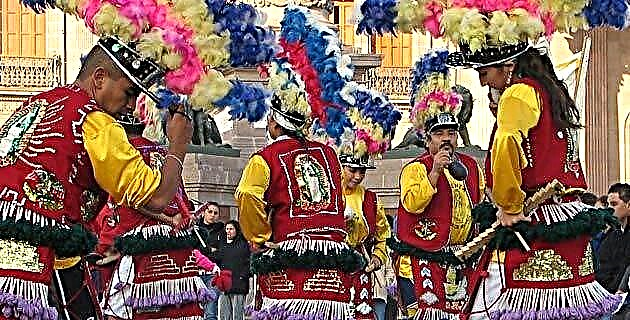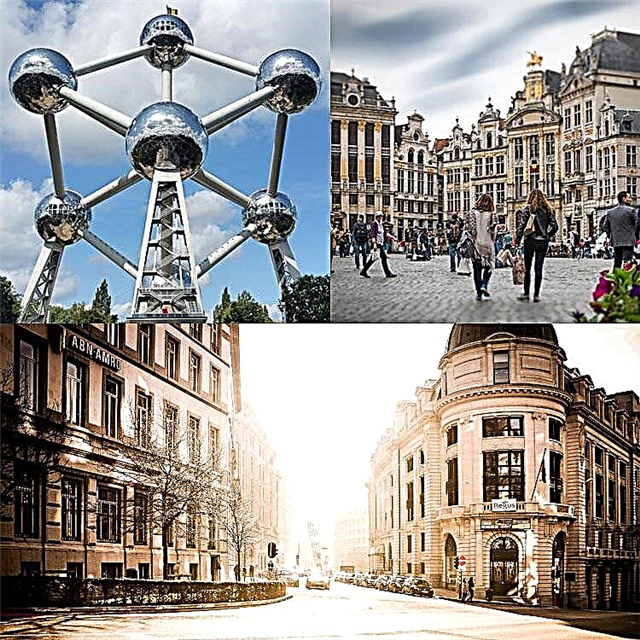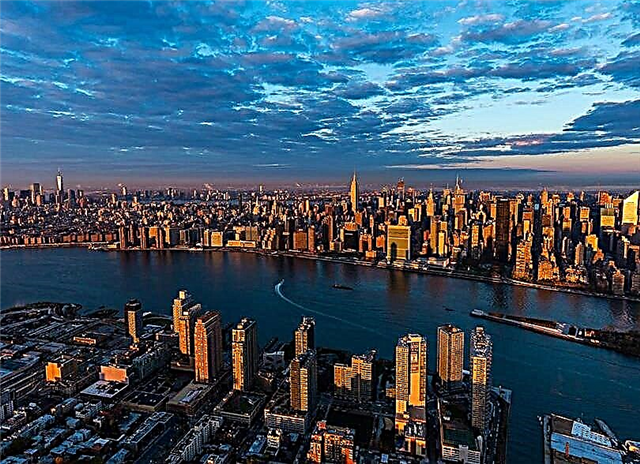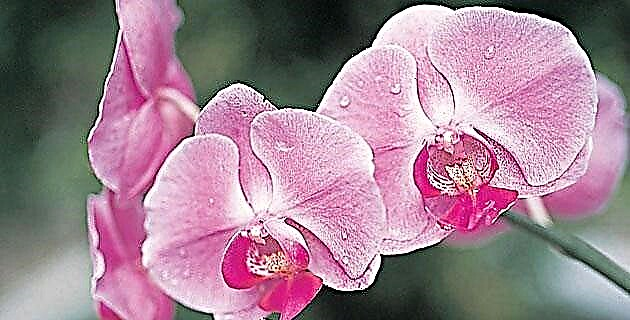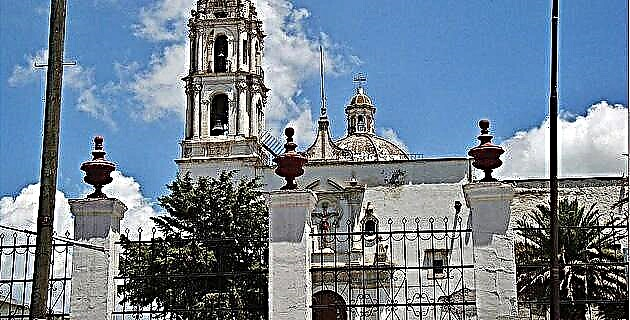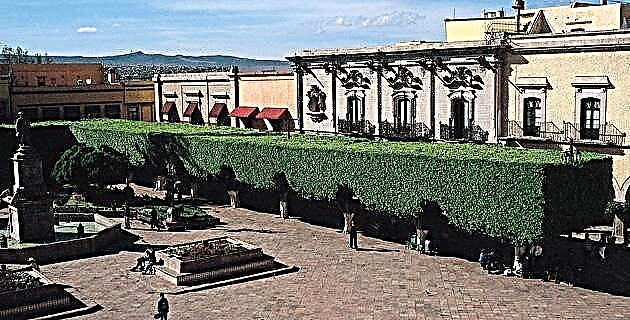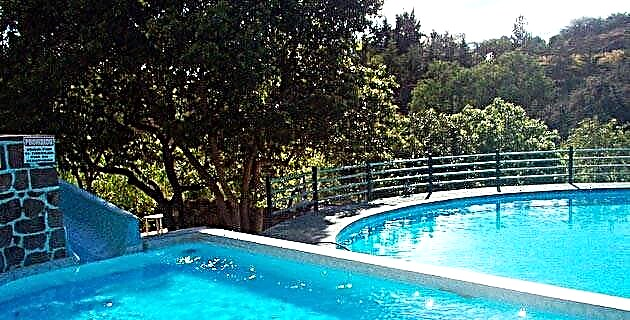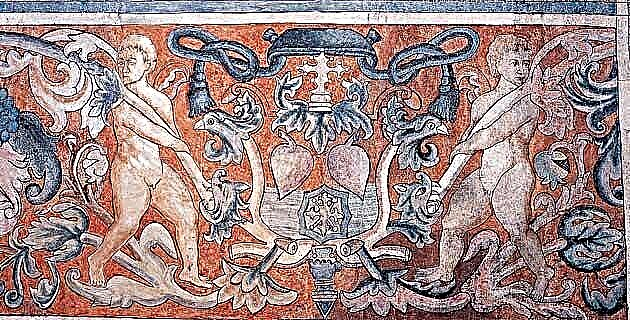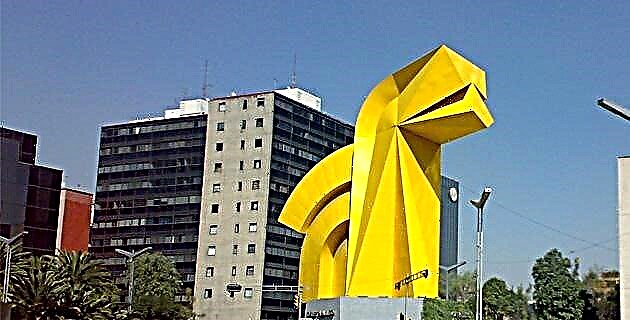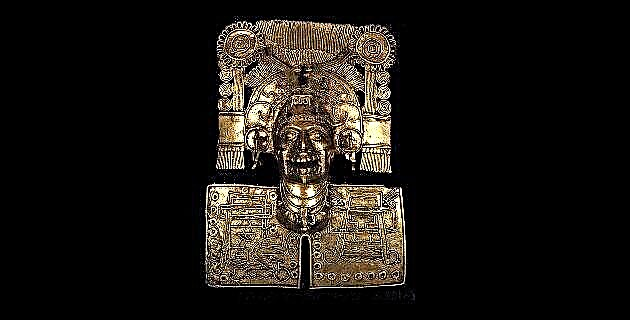
It was the year 1931 and Mexico was experiencing important moments. The violence of the revolution had already ceased and the country enjoyed international prestige for the first time, a product of the rise of science and the arts.
It was the time of the railroad, of the bulb radio, even of bowlers and brave ladies who demanded a more equal treatment with men. At that time Don Alfonso Caso lived.
Since 1928, Don Alfonso, a lawyer and archaeologist, had come to Oaxaca, from Mexico City, in search of some answers to his scientific concerns. I wanted to know the origins of the current indigenous people of the region. He wanted to know what the great buildings that could be guessed on the hills known as Monte Albán were and what they were for.
For this, Don Alfonso designed an archaeological project that consisted primarily of excavations in the Great Plaza and in the mogotes that surrounded it; by 1931 it was time to carry out those long-planned jobs. Caso brought together several colleagues and students, and with his own funds and some donations he began the exploration of Monte Albán. The works began on the North Platform, the largest and highest complex in the great city; first the central staircase and from then on the excavation would respond to the needs of the finds and architecture. As luck would have it, on January 9 of that first season, Don Juan Valenzuela, Caso's assistant, was called by the peasants to inspect a field where the plow had sunk. Upon entering the well that some workers had already cleaned, they realized that they were facing a truly spectacular find. On a cold winter morning, a treasure had been discovered in a tomb in Monte Alban.
The tomb turned out to be of important personages, as the magnificent offerings demonstrated; it was named with the number 7 to correspond to it in the sequence of tombs excavated so far. Tomb 7 was recognized as the most spectacular find in Latin America in its time.
The content consisted of several skeletons of nobility characters, plus their rich clothing and the objects of the offerings, in total more than two hundred, among which were necklaces, earmuffs, earrings, rings, laps, tiaras and canes, the majority made of precious materials and often from regions outside the Valleys of Oaxaca. Among the materials stood out gold, silver, copper, obsidian, turquoise, rock crystal, coral, bone and ceramics, all worked with great artistic mastery and with other delicate techniques, such as filigree or twisted and braided gold threads in figures. extraordinary, something never seen in Mesoamerica.
Studies showed that the tomb had been reused several times by the Zapotecs of Monte Albán, but the richest offering corresponded to the burial of at least three Mixtec characters who died in the Valley of Oaxaca around 1200 AD.
From the discovery of Tomb 7, Alfonso Caso acquired great prestige and along with it came opportunities to improve his budget and continue the large-scale explorations he had planned, but also came a series of questions about the authenticity of the find . It was so rich and beautiful that some believed that it was a fantasy.
The discovery of the Great Plaza was made in the eighteen seasons that his fieldwork lasted, supported by a professional team made up of archaeologists, architects and physical anthropologists. Among these were Ignacio Bernal, Jorge Acosta, Juan Valenzuela, Daniel Rubín de la Borbolla, Eulalia Guzmán, Ignacio Marquina and Martín Bazán, as well as Caso's wife, Mrs. María Lombardo, all of them renowned actors in the history of archeology of Oaxaca.
Each of the buildings was explored by crews of workers from Xoxocotlán, Arrazola, Mexicapam, Atzompa, Ixtlahuaca, San Juan Chapultepec and other towns, commanded by some of the members of the scientific team. The materials obtained, such as construction stones, ceramics, bone, shell and obsidian objects were carefully separated to be taken to the laboratory, since they would serve to investigate the construction dates and the character of the buildings.
The painstaking work of classifying, analyzing, and interpreting the materials took the Caso team many years; the book on Monte Albán ceramics was not published until 1967, and the study of Tomb 7 (El Tesoro de Monte Albán), thirty years after its discovery. This shows us that the archeology of Monte Albán had and still has a very laborious work to develop.
Without a doubt, Caso's efforts paid off. Through their interpretations we know today that the city of Monte Albán began to be built 500 years before Christ and that it had at least five construction periods, which archaeologists today continue to call epochs I, II, III, IV and V.
Along with exploration, the other great job was rebuilding the buildings to show all their greatness. Don Alfonso Caso and Don Jorge Acosta dedicated many efforts and a large number of workers to rebuild the walls of the temples, palaces and tombs, and give them the appearance that is preserved to this day.
To fully understand the city and the buildings, they carried out a series of graphic works, from topographic plans in which the shapes of the hills and the terrain are read, to drawings of the contours of each building and its facades. Likewise, they were very careful to draw all the substructures, that is, the buildings from earlier times that are within the buildings that we see now.
The Caso team was also tasked with making a minimum infrastructure to be able to reach the site and survive week after week among the excavated earth, archaeological materials and burials. The workers laid out and built the first access road that is still used today, as well as some small houses that served as a camp during the work seasons; They also had to improvise their water stores and carry all their food. It was, without a doubt, the most romantic era of Mexican archeology.

